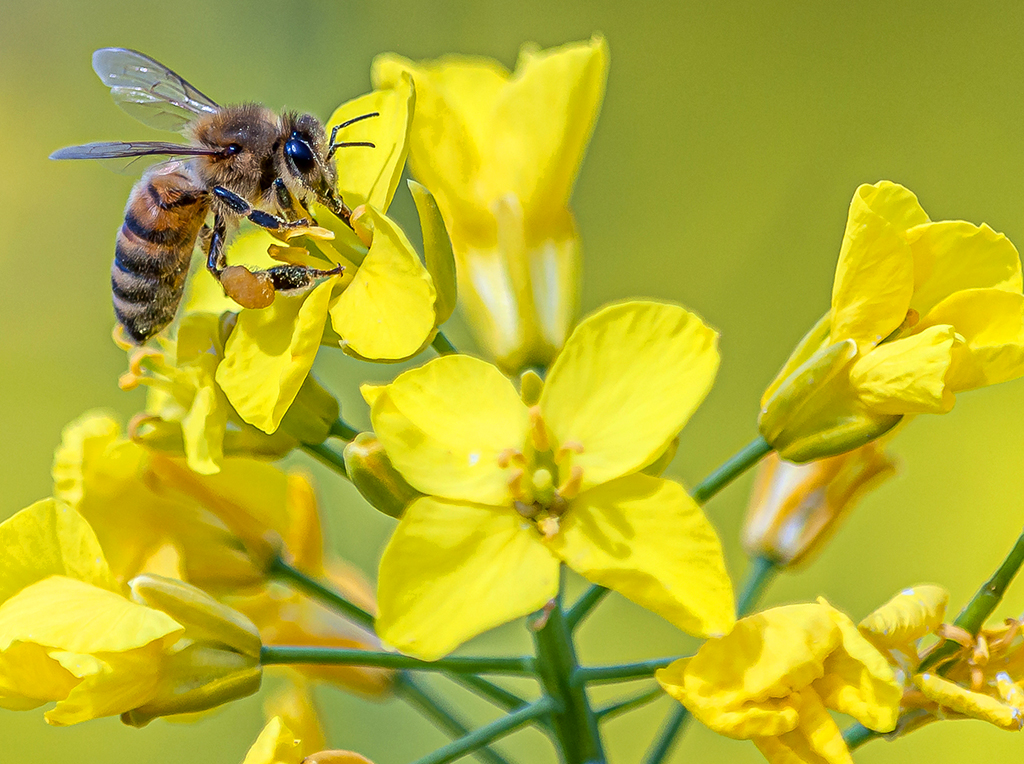Winter Rapeseed Flowering in 2025 – Protection and Care for Pollinators ( Cloned ) ( Cloned ) ( Cloned )
Winter Rapeseed Flowering in 2025 – Protection and Care for Pollinators ( Cloned ) ( Cloned ) ( Cloned )

The upcoming 2025 season presents new challenges for farmers regarding the protection of winter rapeseed during the early flowering stage. Rapid weather changes – sudden warming after frost followed by predicted temperature drops – demand quick and well-thought-out fungicide strategies. How can we effectively safeguard crop health while also protecting pollinating insects?

Why is protection during flowering crucial for winter rapeseed?
When winter rapeseed reaches developmental stage BBCH 61–67, its susceptibility to infection significantly increases. The most dangerous diseases that may occur at this stage include:
• Sclerotinia stem rot (Sclerotinia sclerotiorum),
• Alternaria leaf spot (Alternaria spp.),
• Grey mould (Botrytis cinerea),
• Phoma stem canker (Leptosphaeria maculans).
If more than four weeks have passed since the previous fungicide application (T1), it is the right time to apply a second treatment (T2). To maintain effective protection up to harvest, a third treatment (T3) should also be considered after another 4–5 weeks.
It’s important to remember that growing winter rapeseed on the same field more frequently than every four years significantly increases the risk of disease.
Effective protection depends on proper fungicide selection and active substance rotation.
Combining active ingredients with different modes of action, such as fluopyram and prothioconazole, reduces the risk of pathogen resistance.
